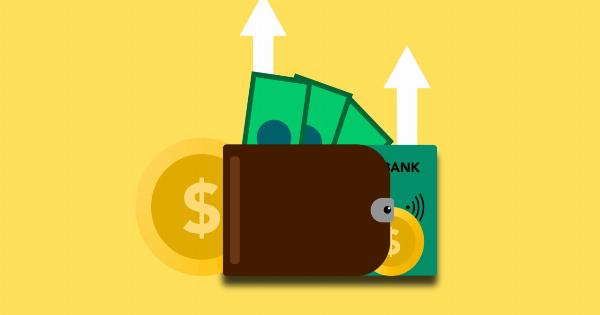Payment exemptions are a way for certain individuals or groups to be exempt from paying certain fees or taxes. This can be incredibly important for those who may not be able to afford these fees and may cause financial hardship.
The implementation of payment exemptions can make a significant impact on a community and opens up opportunities to those who may otherwise be excluded.
Understanding Payment Exemptions
There are a variety of payment exemptions available, ranging from individuals who are unable to pay certain fees to larger institutions that are exempt from certain taxes.
In general, payment exemptions are put in place to provide relief to those who may not be able to pay certain fees or taxes due to financial hardship or other extenuating circumstances.
For example, individuals who are unable to pay for healthcare services may be eligible for a payment exemption, which would allow them to receive medical treatment without financial burden.
Non-profit organizations may also be eligible for certain tax exemptions, allowing them to allocate more resources towards their mission and cause.
Importance for Individuals
For individuals, payment exemptions can make a significant impact on their lives.
Whether it’s receiving healthcare services or being able to afford local taxes and fees, payment exemptions make it possible for those who may have otherwise been excluded to have access to these necessary resources.
In addition to providing financial relief, payment exemptions can also contribute to a sense of community support and inclusivity.
By allowing individuals to receive necessary services and participate in local activities without the added financial burden, communities can ensure that everyone has equal opportunity to thrive.
Importance for Institutions
For non-profit organizations and other institutions, payment exemptions can allow for more resources to be focused on their mission and cause.
By exempting certain taxes and fees, institutions can allocate more funds towards their programs and services, which can in turn benefit the community and those they serve.
Institutions may also be exempt from certain regulations or requirements if they are deemed to be providing a public service or benefit.
This can allow them to operate more freely and with greater efficiency, ultimately serving their mission and the community more effectively.
Challenges and Limitations
Despite the benefits of payment exemptions, there are also challenges and limitations to their implementation.
For example, determining eligibility for exemptions can be a complex process, and ensuring that only those who truly need financial relief receive it can be difficult to manage.
Additionally, payment exemptions can create fiscal challenges for local governments or organizations that rely on the revenue generated from taxes and fees.
Balancing the need for financial support with the necessity of providing relief to those in need can be a delicate balance.
Conclusion
The implementation of payment exemptions can make a significant impact on individuals and institutions alike.
By providing financial relief and supporting inclusivity, payment exemptions can help ensure that everyone has access to necessary resources and opportunities.
While challenges and limitations exist, careful management and consideration can ensure that payment exemptions are implemented effectively and support the overall well-being of communities and organizations.






























